Figures & data
Figure 1 Patient disposition.
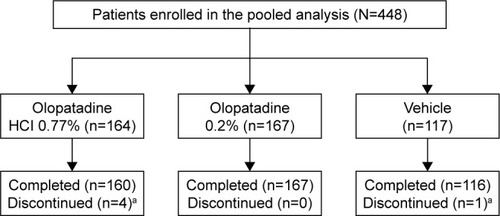
Table 1 Demographic and baseline characteristics (ITT population)
Figure 2 Ocular itching: treatment differences in least squares means at onset and 24 hours post-CAC.
Abbreviation: CAC, conjunctival allergen challenge.
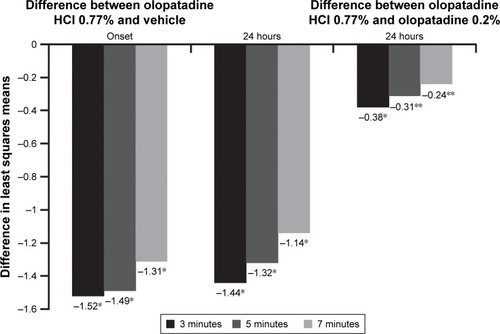
Figure 3 Conjunctival redness: treatment differences in least squares means at onset and 24 hours post-CAC.
Abbreviation: CAC, conjunctival allergen challenge.
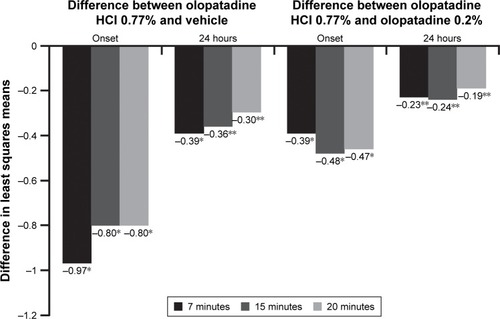
Figure 4 Total redness: treatment differences in least squares means at onset and 24 hours post-CAC.
Abbreviation: CAC, conjunctival allergen challenge.
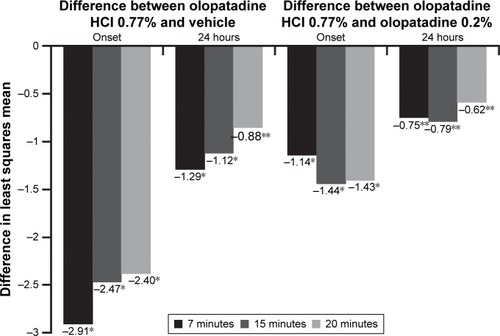
Figure 5 Itching responders: treatment differences in proportion of responders at 24 hour duration of action CAC or CAC 24 hours post treatment.
Abbreviation: CAC, conjunctival allergen challenge.
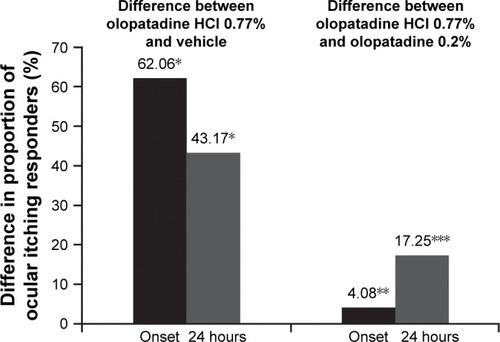
Table 2 Ocular signs and symptoms: treatment difference in means at onset and 24 hours post-CAC
Table 3 AEs (≥1% in any treatment group; safety set)
